Takeshi Kitamura pursued the structural beauty of weaving with the belief that "the very structure of the weave is a form of expression." In addition to ra and tatenishiki, techniques for which he was later designated a Living National Treasure, he created a wide variety of woven works.
This section offers clear explanations of each weaving technique to deepen your appreciation, along with simple tips for styling and wearing the pieces.

(Left) Tatenishiki Fukuro-obi worn with a woven kimono (Middle) Tatenishiki Fukuro-obi paired with an eba kimono (Right) Kousainishiki Fukuro-obi with a Houmongi
【Type of Weaves】
1. Ra 羅
2. Tate Nishiki 経錦
3. Kousai Nishiki煌彩錦
4. Hankin 斑錦
5. Oriungen 織繧繝
6. Kirihaku 截箔
7. Ramonhaku 羅文帛
1. Ra 羅

Designated a Living National Treasure in 1995
History and Techniques
Ra is a weaving technique believed to have existed as early as China’s Former Han dynasty (around 200 BCE). It is characterized by a net-like structure in which four warp threads form a unit, with each thread twisted with its neighbors to create an open, airy mesh. In Japan, ra was woven until the 15th century, but production largely stopped after the Ōnin War, a civil conflict that broke out in 1467.
Kitamura encountered this lost technique in 1972, when he saw a photograph in the exhibition A 2,100-Year Miracle: Photographs of the Han Tombs in Changsha, China. It showed a fragment of ra used as the inner lining of a noble’s coffin.
He later recalled, "The beauty of this ra, emerging from the soil inside the coffin, seemed to shimmer, maybe because of the angle of the light. The moment I saw it, it felt like something short-circuited in my brain."
He went on to design his own loom and, after nearly a year of experimentation, succeeded in reconstructing the technique. From there, he continued to develop ra in new ways suited to the present day. In 1995, he was officially designated a Living National Treasure by the Japanese government in this weave.
Ra-kin 羅金 Fukuro-Obi
This rare fukuro obi offers a chance to experience the ra weaving of Living National Treasure Takeshi Kitamura. Within its delicate thinness lies a richly layered structure, creating a sense of depth and sacred beauty.

Fukuro-Obi「Ra - Four Diamonds」
Joubonra 上品羅 Hassun-Obi

Hassun-obi「Joubonra - Lozenge」
Jōbon is a Buddhist term that signifies the highest rank or supreme excellence. True to its name, this summer hassun Nagoya obi embodies refined beauty at the highest level. With excellent breathability, it pairs well with a wide range of kimono styles, from light formal wear to summer-weight jōfu.
Ra Kakuobi 羅 角帯

Mens Kakuobi「RaLozenge」
With its cool, refined appearance, this ra kaku obi brings an air of quiet elegance and can be worn with everything from silk kimono to summer jōfu. The idea for this piece came from male customers who, upon seeing ra obis for women at Ginza Motoji, wished for a version they could wear themselves.
2.Tatenishiki 経錦

Kimono「Tatenishiki Bamboo Jewel」
Designated a Living National Treasure in 2000
History and Techniques
Tatenishiki is a weaving technique that had already been developed in China by the Former Han dynasty (around 200 BCE). In Japan, it appears in treasures from the Shōsōin Repository, such as Shokou-kin brocade. Due to its technical complexity, the method gradually declined after the 8th century, particularly with the rise of nuki-nishiki (weft brocade), which allowed for more decorative effects through a comparatively easier process.
The technique involves grouping several warp threads, usually three colours, and selectively raising those required for the ground or motif while sinking the others to the back, using the weft to hold them in place. Because multiple threads form a single unit, the warp must be especially fine and dense, creating significant structural constraints in the weaving.
The result is a brocade of quiet elegance, composed with carefully chosen colours and precisely constructed patterns. Its tightly woven surface carries a sense of dignity and elevated formality.
Tatenishiki Kimono 経錦 着尺

Kimono「Tatenishiki Kikko Chrysanthemum」
Because the weft threads do not travel across the back, the reverse side of the rabric remains smooth, allowing for beautiful patterns and colour compositions to appear there as well. While the front is the primary face of the textile, one of the distinctive features of tatenishiki is the subtle pleasure of discovering the design and colours that emerge on the reverse.
In addition to being tailored as lined kimono, it can also be made into an unlined hitoe, where the reverse side peeks out at the sleeve openings or hem, a refined and luxurious way to enjoy this elegant textile.
Tatenishiki Fukuro-obi 経錦 袋帯

Fukuro-Obi「Tatenishiki Karakusa」
With its understated sheen and crisp woven texture, this tatenishiki fukuro obi exudes a refined formality. It can be styled with a wide range of kimono, from homongi and tsukesage to fine tsumugi. Thanks to its warp-based structure, it is also resistant to creasing and easy to tie, making it both elegant and practical.
Kaku-obi 角帯

Kaku-obi「Tatenishiki Cross」
For men's kimono, which often feature subtle or solid-coloured designs, the refined patterns expressed through the intricate weave of tatenishiki stand out beautifully. It pairs especially well with high-quality textiles such as omeshi, Edo komon, and Yuki tsumugi.
3. Kousai Nishiki 煌彩錦

Fukuro Obi「Kousai Nishiki - Hanatsunagi」
Among the many types of woven obi created by Takeshi Kitamura, the Kōsai nishiki series is especially well known for formal occasions. Compared to his other techniques, these pieces feature a wider range of colours and include an abundance of gold and silver threads lending to their celebratory feeling.
Kousai-nishiki Fukuro Obi 袋帯
Suitable for hōmongi, tsukesage, and depending on the design, even tomesode, these obi offer a high level of formality. With their elegant presence and modern use of colour and design, they bring a contemporary sophistication to formal kimono attire.

Fukuro Obi「Kousai Nishiki Chrysanthemum」
4. Hankin 斑錦

Hankin, also known as Madara nishiki is another signature creation by Takeshi Kitamura. It is character ised by vertical stripes in several colours woven into the ground, with motifs layered over the striped pattern. The calm texture and subdued elegance of the weave make it well suited to a wide range of kimono styles, from fine tsumugi such as Yūki tsumugi to hōmongi.
Hankin Fukuro-obi 斑錦 袋帯

Fukuro Obi 「HankinTori-dasuki」
5. Ori-Ungen 織繧繝

Fukuro Obi「Unden Far Mountain」
By subtly varying the weaving density, the patterns take on a three-dimensional quality, offering the unique pleasure of experiencing the very structure of the weave, a hallmark of Kitamura's work.
Note: Ungen is a traditional colouring technique introduced from China. It involves layering the same colour in gradations from dark to light or light to dark.
Oriungen Kumiitsutsu Fukuro Obi
This piece features the kumiitsutsu motif woven using the ori ungen technique. Versions that incorporate gold and silver threads can be suitable for ceremonial occasions. Those woven with coloured threads only can be enjoyed more widely, pairing beautifully with fine woven kimono, tsukesage, and hōmongi.
Note: Kumi idutsu refers to a traditional well structure made by assembling wood or stone around the mouth of a well.

Fukuro-obi「Ori-ungen Kumiitsutsu」
Oriungen Nanako-ori Fukuro-obi
This piece features the nanako (fish-egg) motif woven using the ori ungen technique. Versions incorporating gold and silver threads are well suited for formal wear, while those woven with coloured threads only can be enjoyed with a wide range of kimono, from fine woven styles to tsukesage as well as hōmongi.

Fukuro-Obi「Oriungen Nanako-Ori」
6. Kirihaku 截箔

Kirihaku Fukuro-obi
This fukuro obi is woven using gold, silver, and platinum leaf. Its clean, airy texture makes it a versatile choice, suitable for hōmongi, tsukesage, and even elegant komon.

Fukuro-obi「Kirihaku Hana-Kikkou」
7. Ramonhaku 羅文帛

Ramonhaku Kimono
The threads appear to ripple vertically, evoking the structural beauty found in ra, though the fabric is not woven with a ra structure. Instead, it is created by subtly varying plain weave. Distinct from the complexity of Tatenishiki, this is an exceptionally rare kimono fabric that offers luxurious silk in a lighter weight.

Kimono「Ramonhaku 」
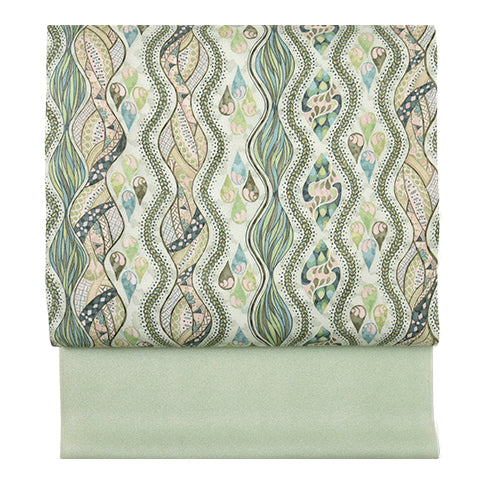 名古屋帯
名古屋帯
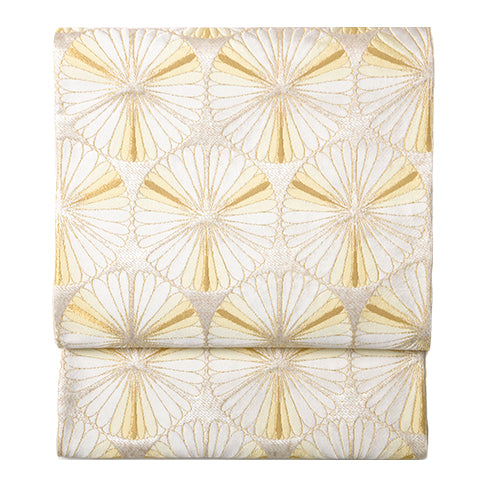 袋帯
袋帯
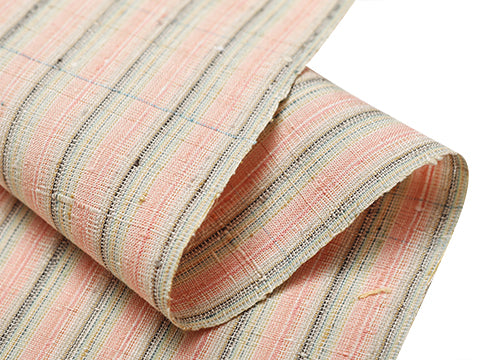 紬・綿・自然布
紬・綿・自然布
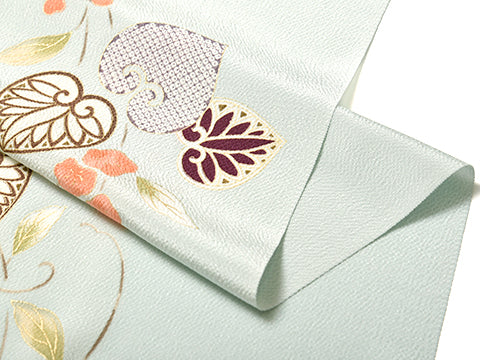 小紋・江戸小紋
小紋・江戸小紋
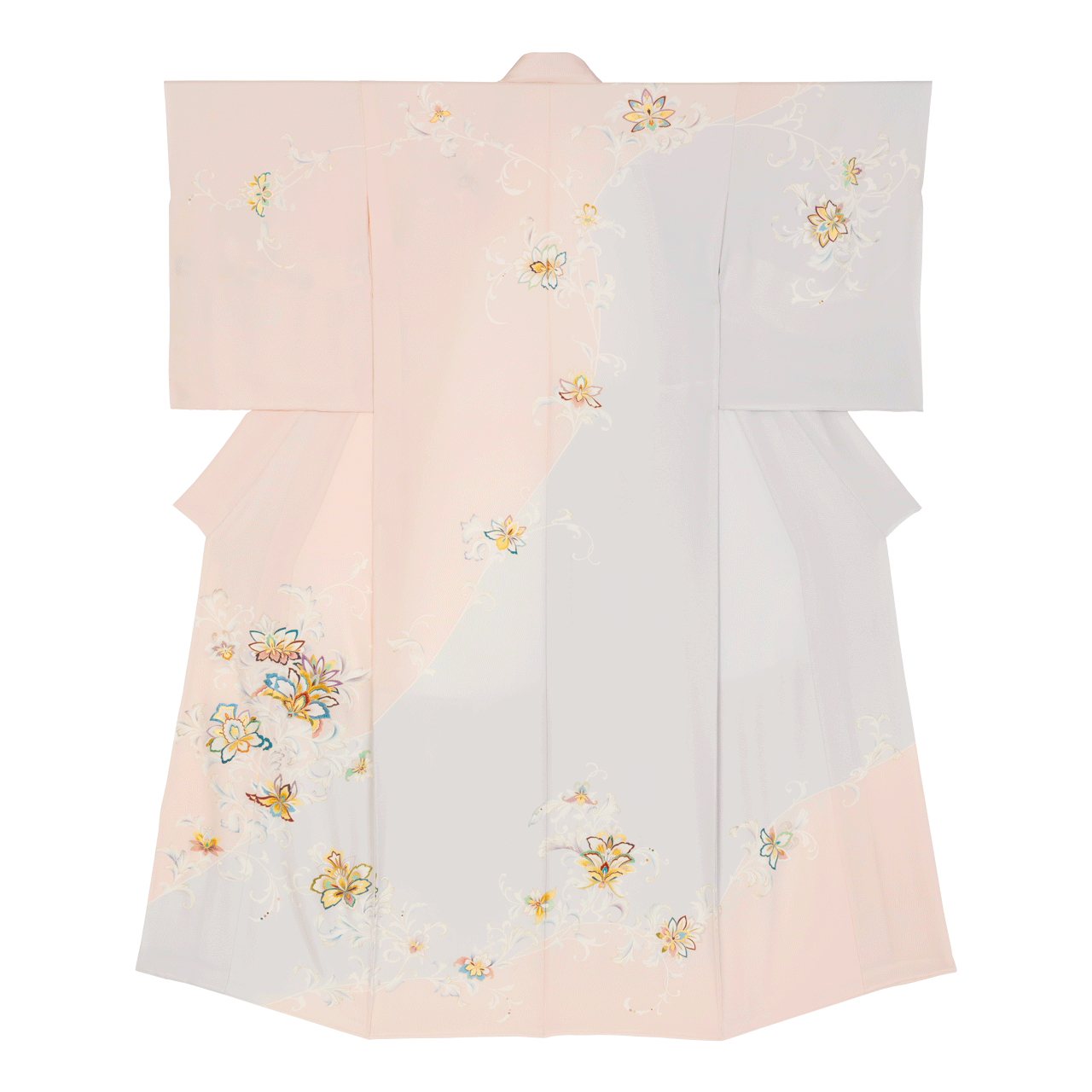 訪問着・付下げ・色無地ほか
訪問着・付下げ・色無地ほか
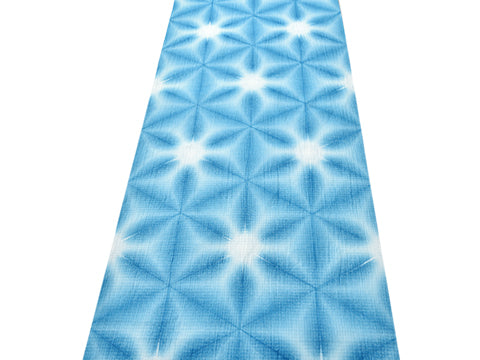 浴衣・半巾帯
浴衣・半巾帯
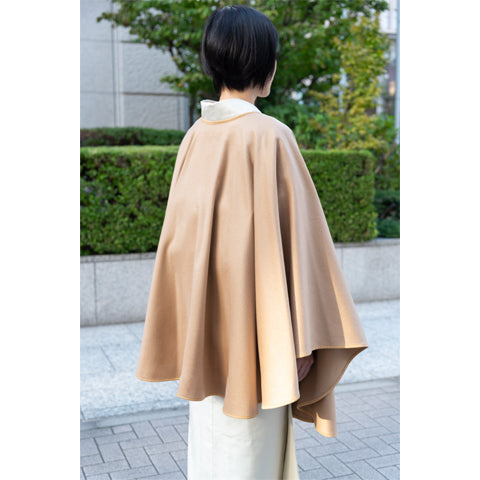 羽織・コート
羽織・コート
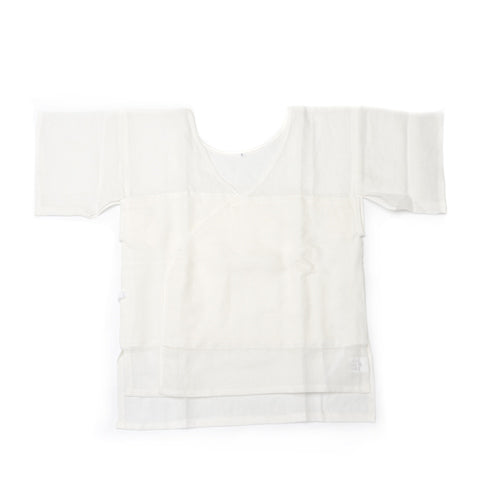 肌着
肌着
 小物
小物
 履物
履物
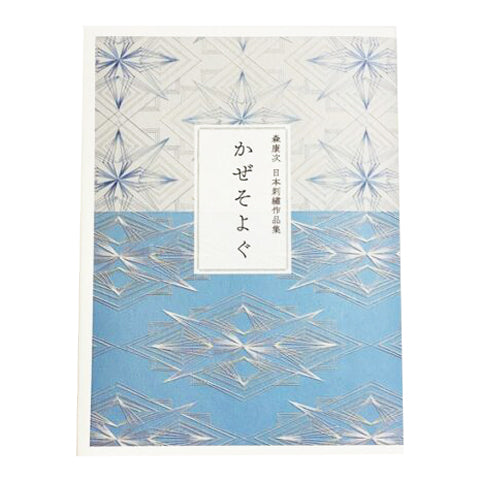 書籍
書籍
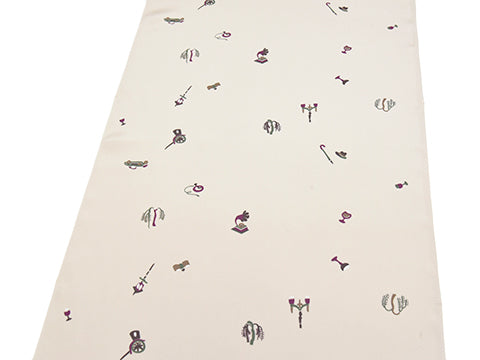 長襦袢
長襦袢
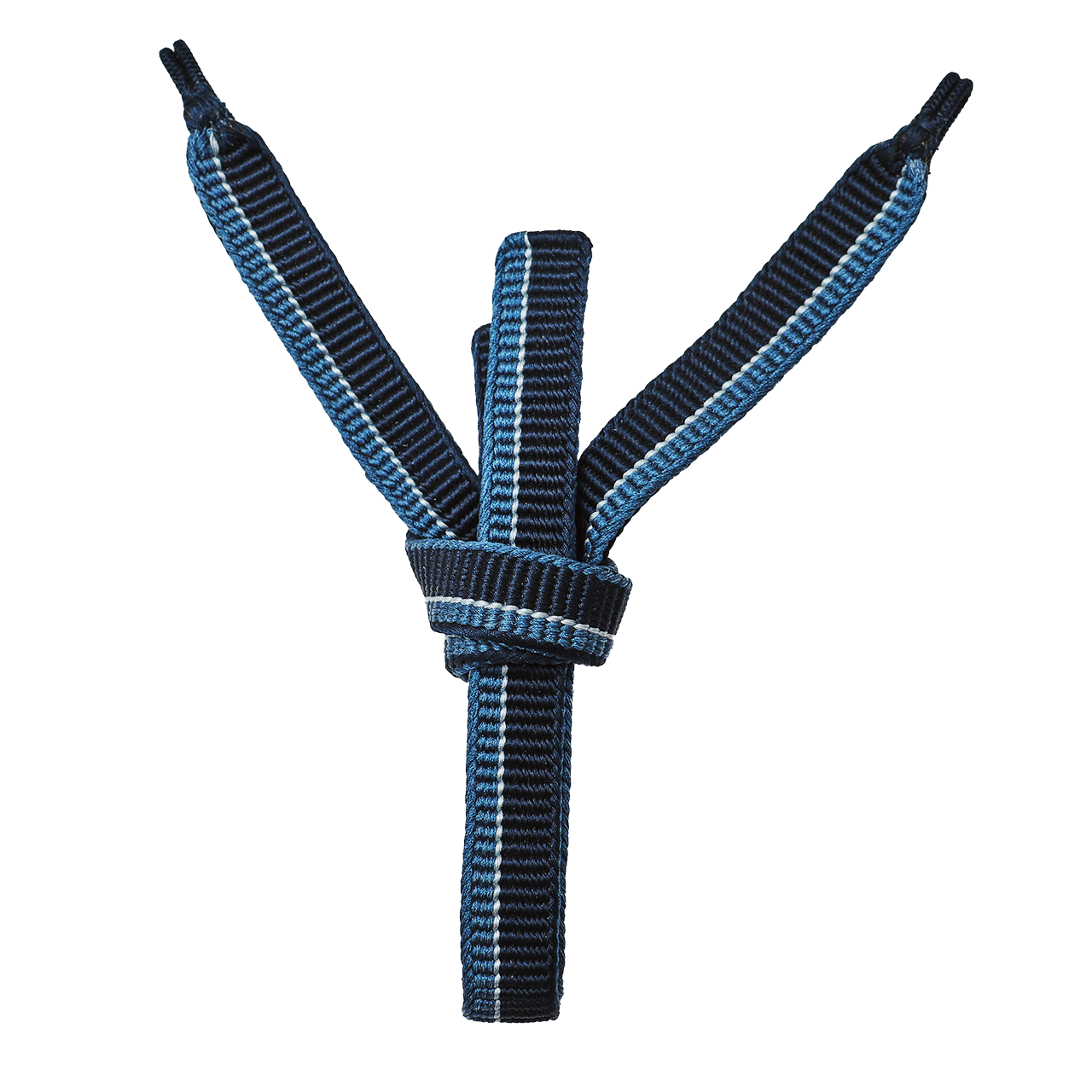 小物
小物
 帯
帯
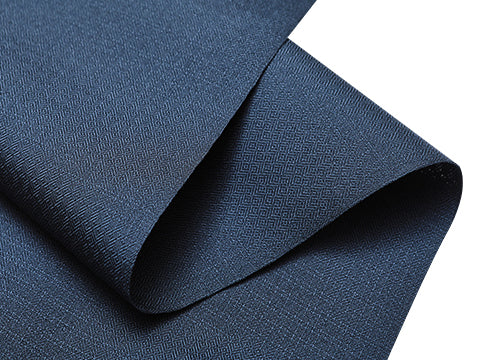 お召
お召
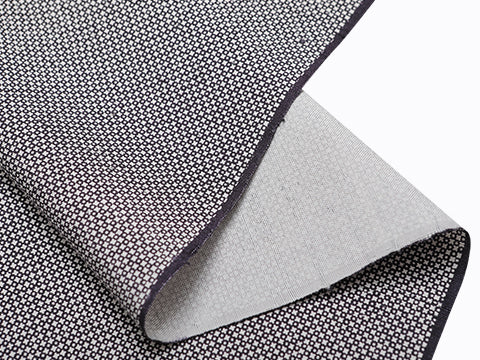 小紋・江戸小紋
小紋・江戸小紋
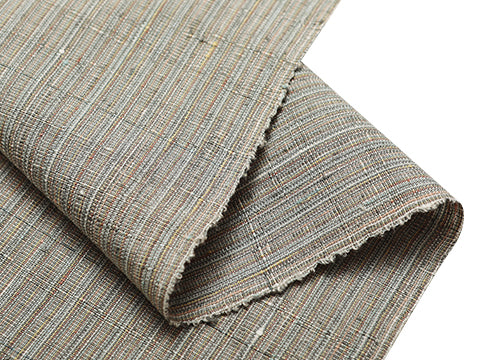 紬・綿・自然布
紬・綿・自然布
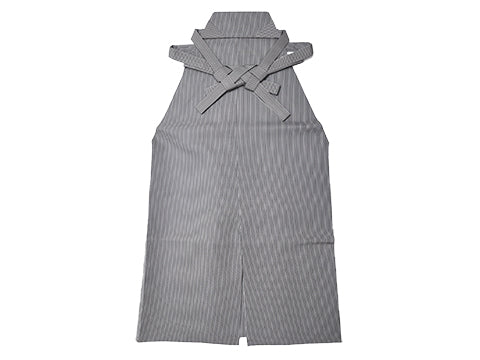 袴
袴
 長襦袢
長襦袢
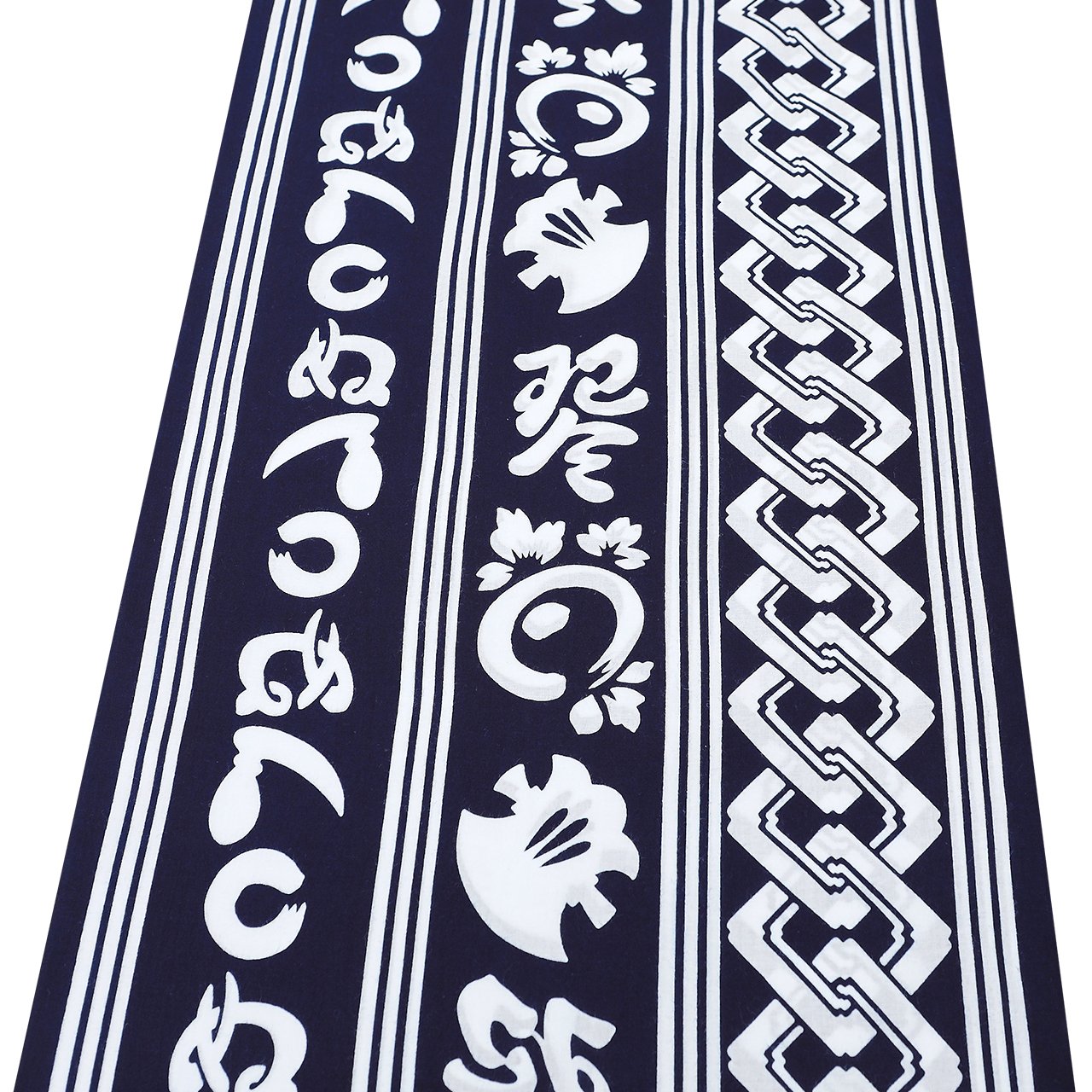 浴衣
浴衣
 羽織・コート
羽織・コート
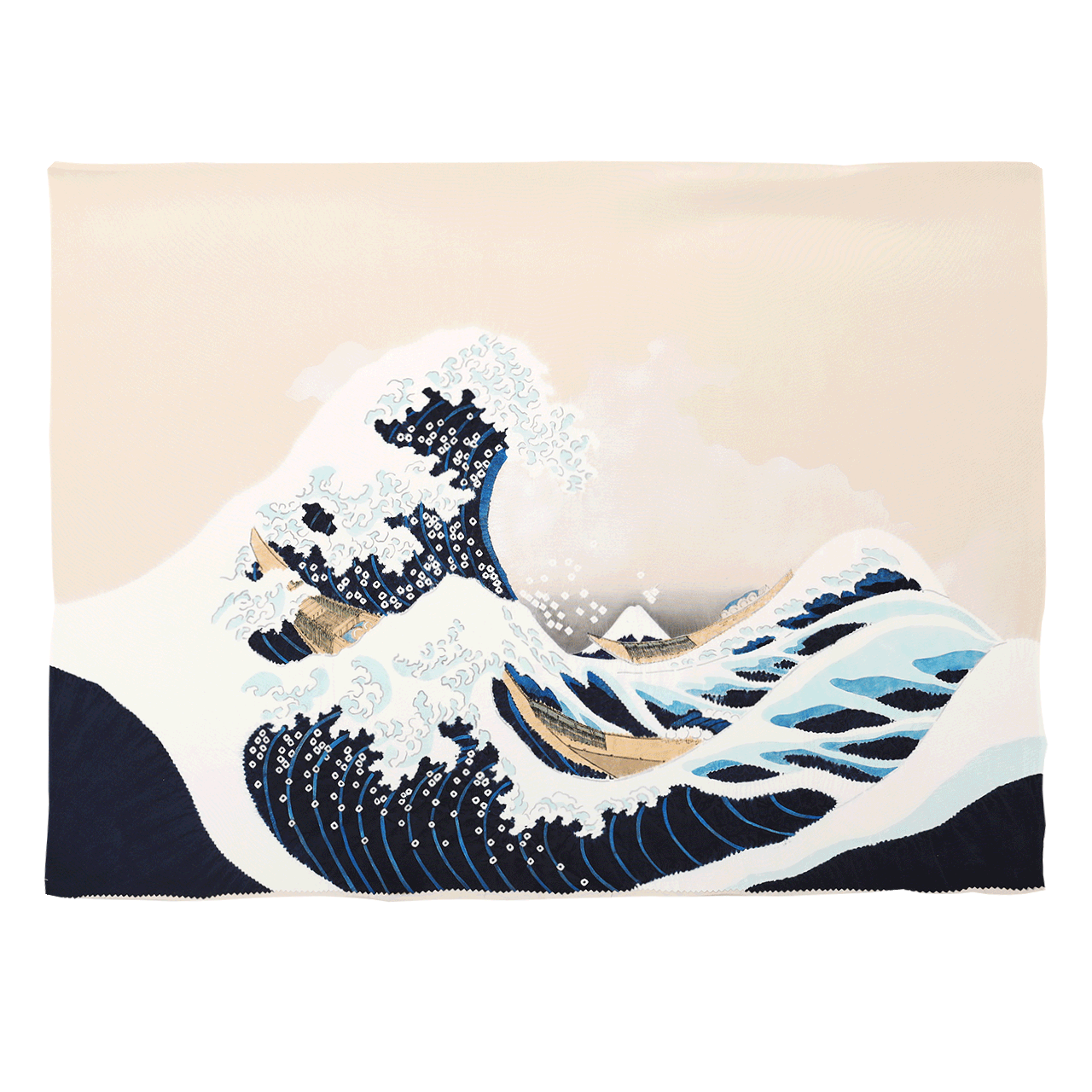 額裏
額裏
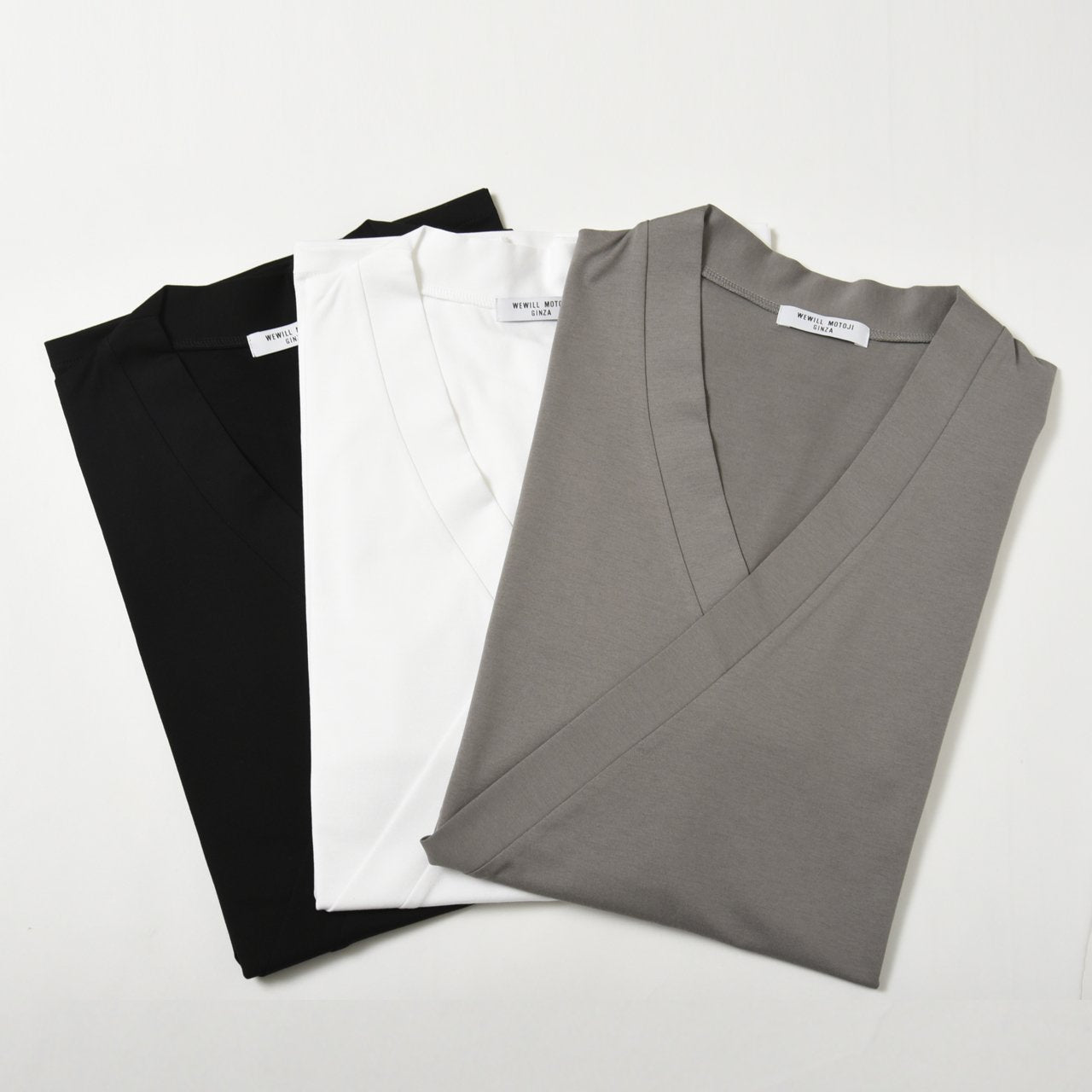 肌着
肌着
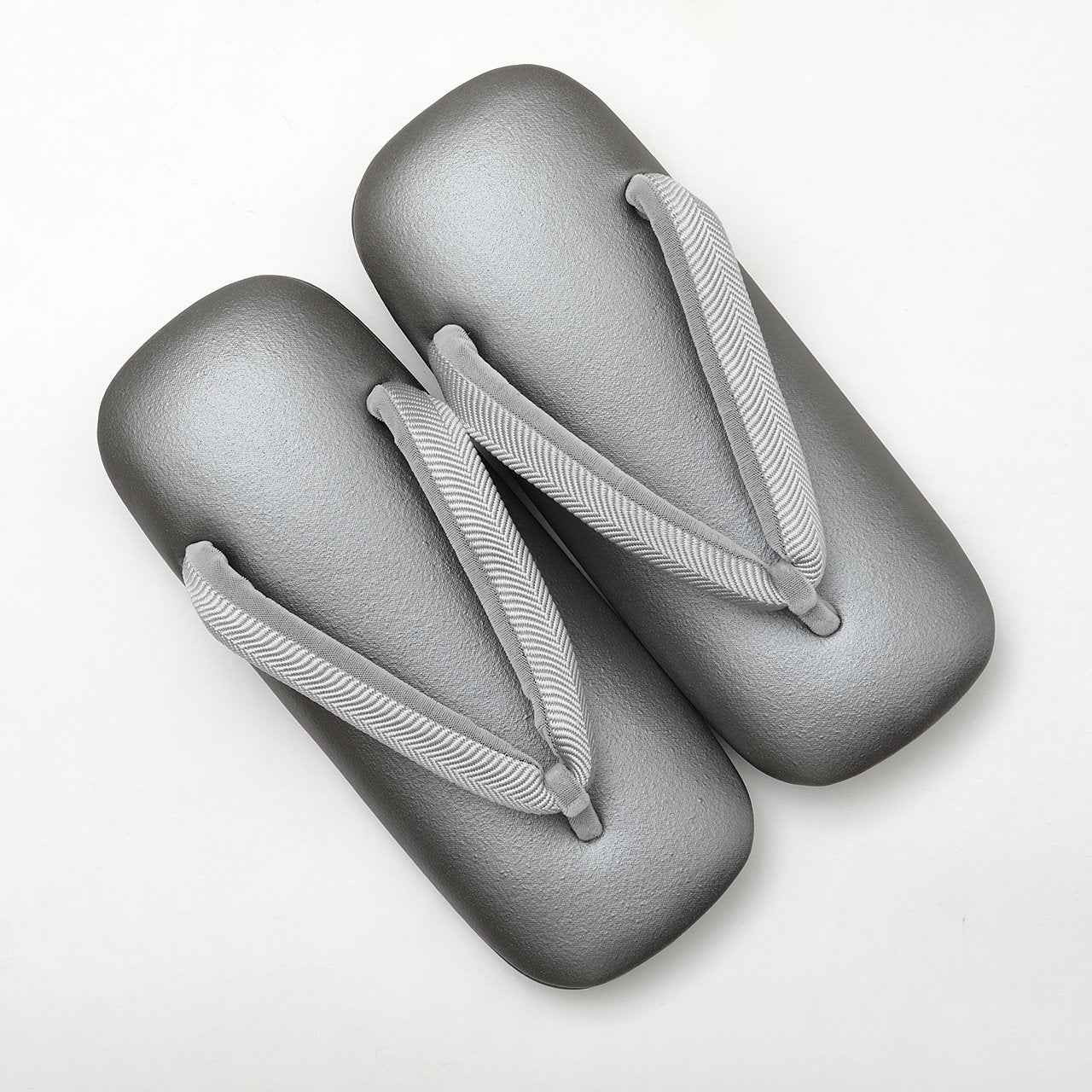 履物
履物
 紋付
紋付
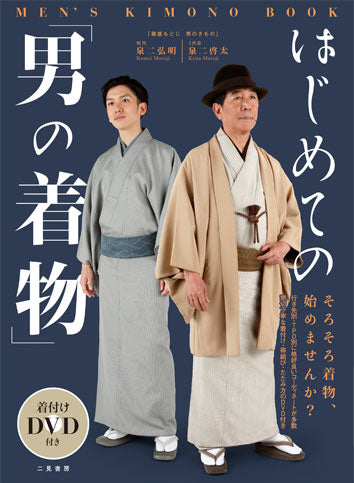 書籍
書籍
